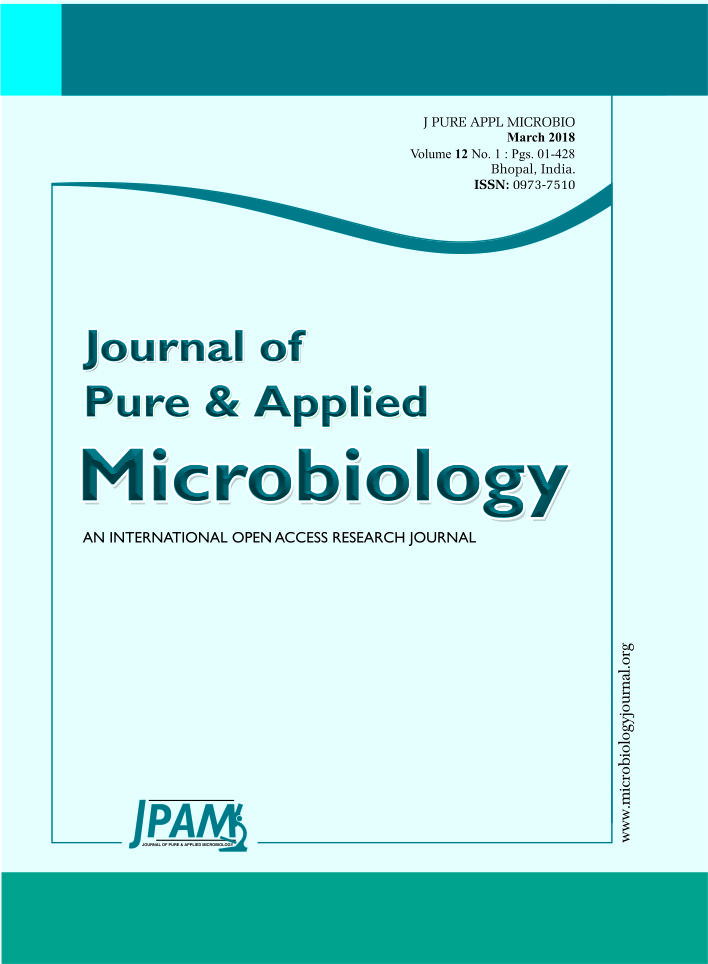Sweet sorghum (Sorghum bicolor L.) accumulates high concentration of sucrose along with the juice in their stem. Hence, the opportunity of extensive research is in the physiology, biochemistry and molecular aspect of sucrose accumulation. Instead of this, the relationship between leaf photosynthetic activity and sucrose accumulation in the culm is not well understood. Communication between source and sink may play very crucial role in regulating sucrose synthesis. Assimilates partitioning is the process by which the products of photosynthesis are exported from leaves through the minor veins to storage tissues. Key aspects of researchers are to improve carbohydrate partitioning by increasing source capacity or plant or by increasing sink strength. Increases of carbohydrate production may possible by increasing light interception either by increasing the number of leaves or total leaf area, stay-green traits, and by enhancing the capacity of photosynthesis of the plant to fix carbon. In this review, we discuss many aspect of sweet sorghum that make it an ideal crop for biofuel, ethanol and syrup production and also provide an overview of genetic diversity and resources available for engineering and marker-assisting breeding of sweet sorghum.
Sweet sorghum, Sugar metabolism, Photosynthesis.
© The Author(s) 2018. Open Access. This article is distributed under the terms of the Creative Commons Attribution 4.0 International License which permits unrestricted use, sharing, distribution, and reproduction in any medium, provided you give appropriate credit to the original author(s) and the source, provide a link to the Creative Commons license, and indicate if changes were made.


